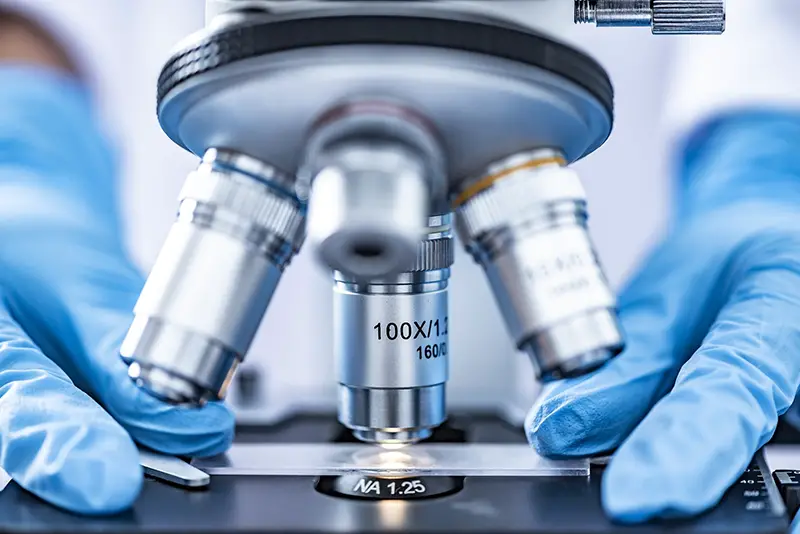Click here to get this post in PDF
Predictive toxicology enables an early stage view of toxicological hazards to assess chemical safety. It is used to ascertain the toxicity dose-effect relationship of xenobiotics and other substances, molecular and cellular pathways leading to toxicity, and to define quantitative relationships between dose, concentration and time and effect. Gentronix explains more.
The benefits of gene mutation assessments
Companies looking to develop new and innovative substances must incorporate gene mutation assessment into screening during the early stages of development to identify mutagenic liabilities early in a product’s development. The ability to identify such mutagenic liability can allow for it to be removed or for the project to be changed or abandoned.
Before predictive toxicology, chemical safety assessment testing was built around a core set of standardised hazard identification tests using whole animal models. The development of high throughput assay testing enables businesses to demonstrate chemical safety and, in some cases, address regulatory requirements without testing on animals, although unfortunately there is a long way to go in some sectors before animal testing is not mandated.
How might it help the chemical industry?
Chemical safety testing is a requirement for many industries, such as food and agriculture. Chemical and environmental products and many other industrial businesses must ensure that their products are safe and do not pose a risk. When chemical substances or materials are produced, it is essential to ensure that they remain safe and do not degrade into mutagenic substances over time or when they come into contact with packaging or other external factors.
Safety testing and compliance with various legal certifications have meant a need for predictive testing. The ability to carry out the testing in vitro rather than using animal or human tests is now seen as a preferred, more publicly accepted option. With its ability to provide quantifiable results, it is likely to be in high demand.
Predictive Toxicology can help bring new products to the market in a more cost-effective and timely manner. It enables repeatable testing in a reliable and recordable manner to identify hazardous materials and reactions from chemical combinations.
Where undesirable results are found, there can be further tests to identify and measure the risk elements, to determine how the risks are reduced or removed to make the product viable and safe. Alternatively, it allows companies to prioritise other molecules or projects before spending significant time and money developing chemicals that are unlikely to make it to market.
A range of in vitro and in vivo genotoxicity tests are available for screening and further contextualising initial results, including determination of mode of action. Determination of mutagenic, clastogenic or aneugenic modes of action can impact the risk assessment and overall safety conclusion. Non-animal approaches are more ethical and allow more chemicals to be tested.
Services & products available for predictive toxicology
Bluescreen HC and Greenscreen HC are high-throughput gene reporting assays, which measure increased transcription of GAFDD45-alpha, known as a key event in the cellular response to genotoxic damage and stress.
Ames testing services offer a range of bacterial strain reverse mutation screening to assess test substances’ mutagenic potential.
Micronucleus testing is available for testing substances and their potential to induce numerical and structural chromosomal damage. This assay can also be used to discriminate between two mechanisms, helping support safety assessments and identify risk management requirements.
Further mechanistic testing can assist with managing hazards identified in previous tests. Positive results through genetic toxicology testing no longer always need to signal the end of a project. Understanding the biological relevance of a positive result can, when the toxicological mechanism is identified and the mode of action, enable a risk assessment based on exposure to be made. This has seen many projects go to a successful conclusion once levels and exposure risks were identified and removed or accounted for.
You may also like: Is Your Business Health and Safety Compliant? Check Out Now!
Image source: Pixabay.com

